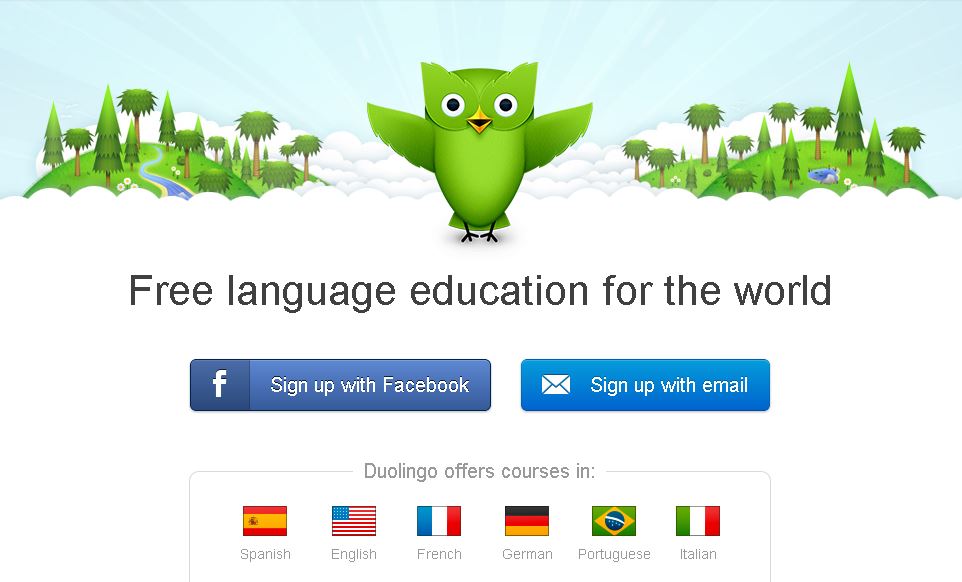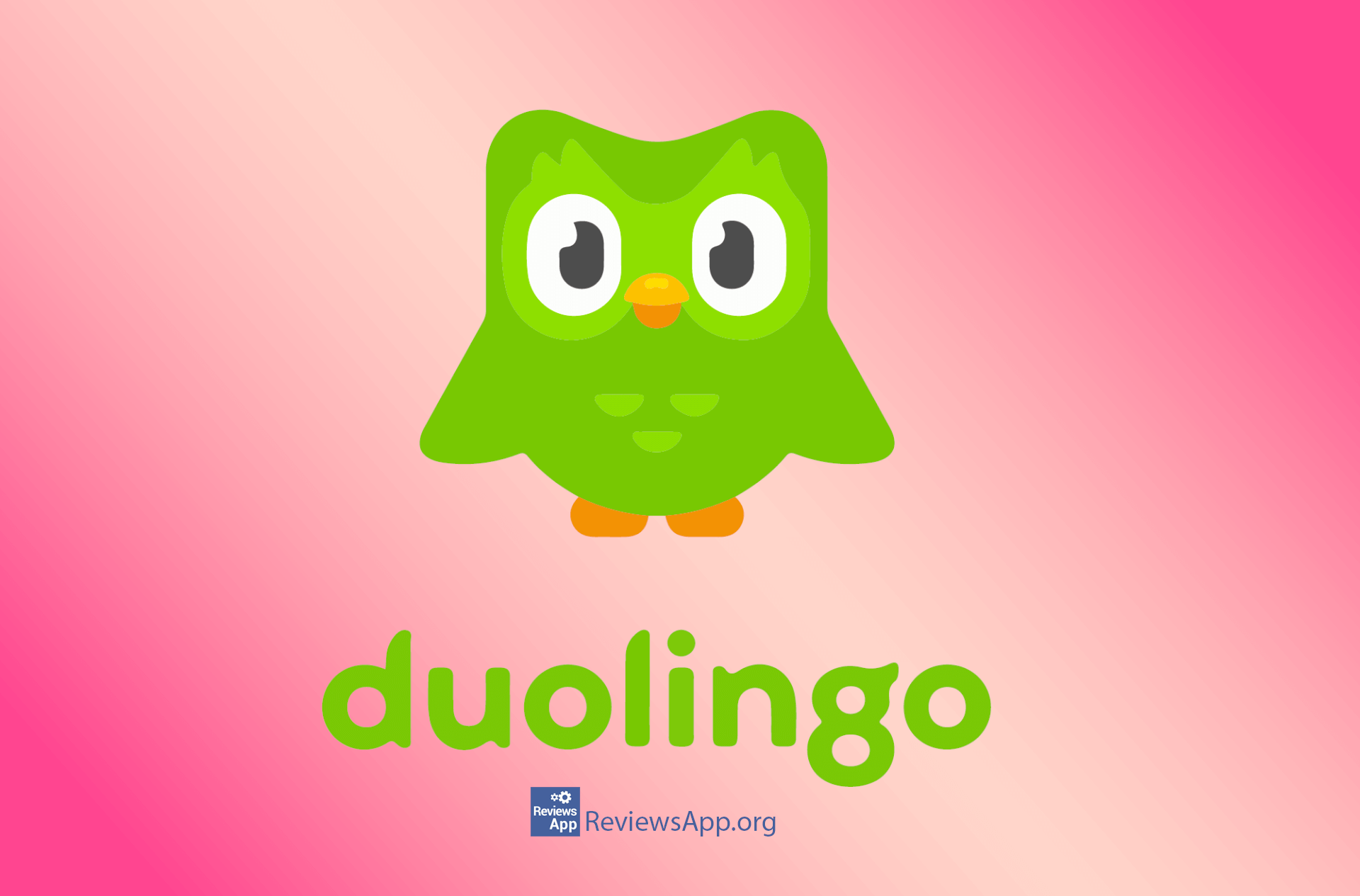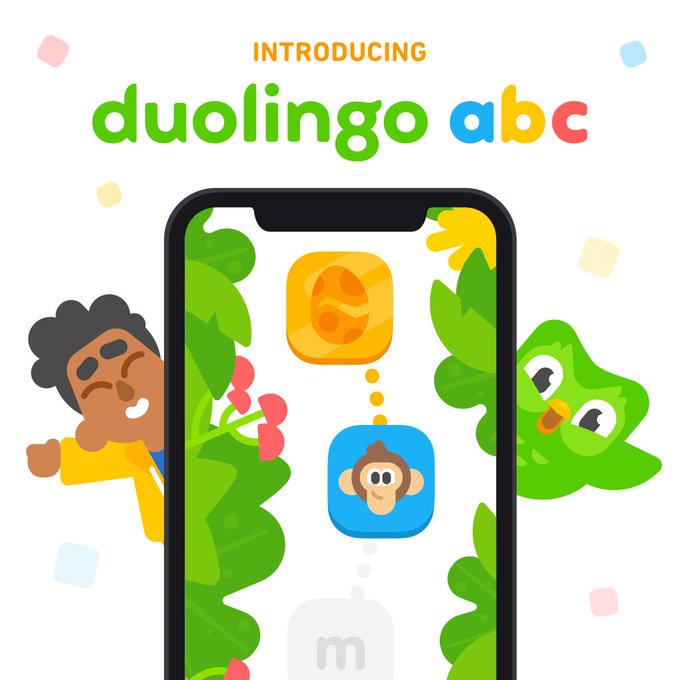

speaking with a native Japanese speaker). reading manga or watching anime) or true output (e.g. While Duolingo does provide some input (listening and reading exercises) and an itty-bitty bit of output (typing and pronunciation exercises), this is a far cry from authentic input (e.g. This is how we all learned our first language, and it’s exactly the same template successful language learners follow as adults (with the added advantages that we already have massive vocabularies, already understand complex concepts, already know how to learn, and can seek out personalized resources and opportunities to practice).

Humans acquire languages when they get tons of meaningful, comprehensible, context-rich exposure to a language, and lots of practice communicating with others in real-time, real-life contexts. Duolingo does not offer much “authentic input” or “true output” Here now are the specific problems and limitations I see with Duolingo, written from the point of view of a learner, teacher, and linguist. Read on to see why Duolingo (alone) won’t get you fluent in a language, but why I think you should use it anyway… Why Duolingo (alone) won’t get you to fluencyĭuolingo gets a lot right (I detail my favorite features and tips in the next section), but they face the same issue that nearly all language learning apps and courses do: what is easiest and most profitable to design is rarely what is most useful for learners. The answer to the second half, however, is far more nuanced and chock-full of caveats. The answer to the first part of this question is easy: yes.

Even Saturday Night Live has done a skit about it! Given its popularity, I am frequently asked whether I use Duolingo myself and what I think about it as a path to foreign language fluency. Whether you find Duolingo to be a green-feathered friend in your pocket or an intimidating monster lurking outside your door waiting to pounce on you for not meeting your daily study goal, there’s no denying the app’s ubiquity and widespread cultural influence.


 0 kommentar(er)
0 kommentar(er)
